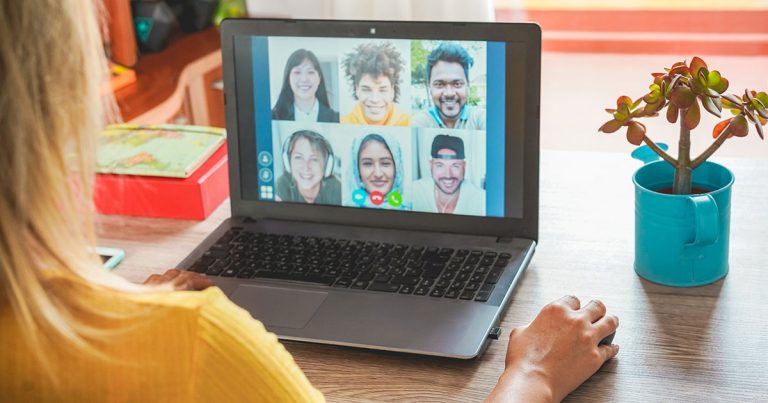Distance learning for K-12 and University education in a formal or at home setting is more of a need today than ever before.
Getting Started with Distance Learning
Distance learning, commonly referred to as online learning or e-learning involves some form of physical separation between students and teachers, with instruction assisted by technology. Whether an intentional aspect of educational curricula or the result of circumstances, all students will engage in some form of long-distance learning. To get started, we need to help create an appropriate environment (in a formal institutional setting or at home), choose the right platform, and support it with practical technology solutions.
While Active Learning is more about the curriculum, Distance Learning is frequently as simple as taking the classroom experience online, and has come a long way since the days of correspondence courses.
Space Considerations
Formal education spaces are, of course, different from our homes, and can often be customized through construction materials and acoustical treatments. At home, we find ways to absorb sound, cut down on echo, and create some privacy where needed. University and K-12 students have some similar needs, but with different extensions. Focused study and instruction is different from creative projects or group efforts.
Distance Learning Platforms
Online classroom, collaboration, assignments, grading, and interaction are all key pieces to any distance learning platform. Blackboard and Moodle have long been leaders in commercial and open-source online learning systems. Google Classroom got big data into the game and there are dozens more. Most importantly, a thorough understanding of platform features and functionality can make the difference between a cobbled-together collection of multiple applications and cohesive, streamlined resource. That usually requires expertise and experience to sort through the options and recommend the right platform and technology.
Practical Technology
As we approach technology for distance-learning, our consultants are always looking forward to future needs as well as today’s requirements.
We can help with flexible solutions for enhanced instructor and student experience:
Whiteboard and writing surface capture
Document and image magnification
Content capture for recorded class and flip-class sessions
Improved cameras and auto-tracking
Microphone systems and monitoring for improved speech intelligibility
Knowing not everyone has access to a full-fledged computer makes sure we consider options that can work on phones and tablets, along with Chromebooks and laptops. We help our clients to think though needs that can be met by built-in cameras and microphones, and advising when third-party or stand-alone hardware is appropriate. We consider accessibility beyond availability of internet bandwidth and speed to achieve a true barrier-free education.
